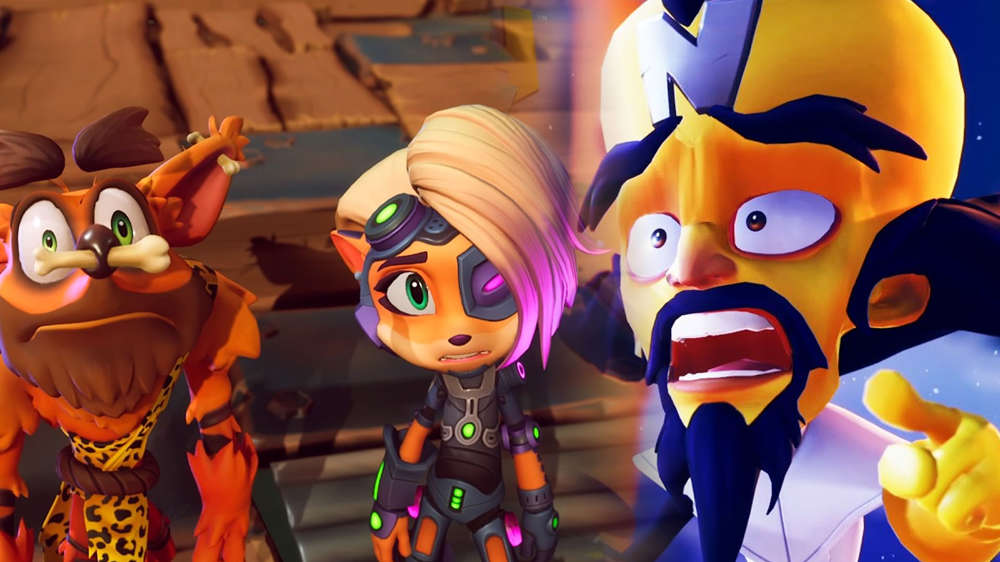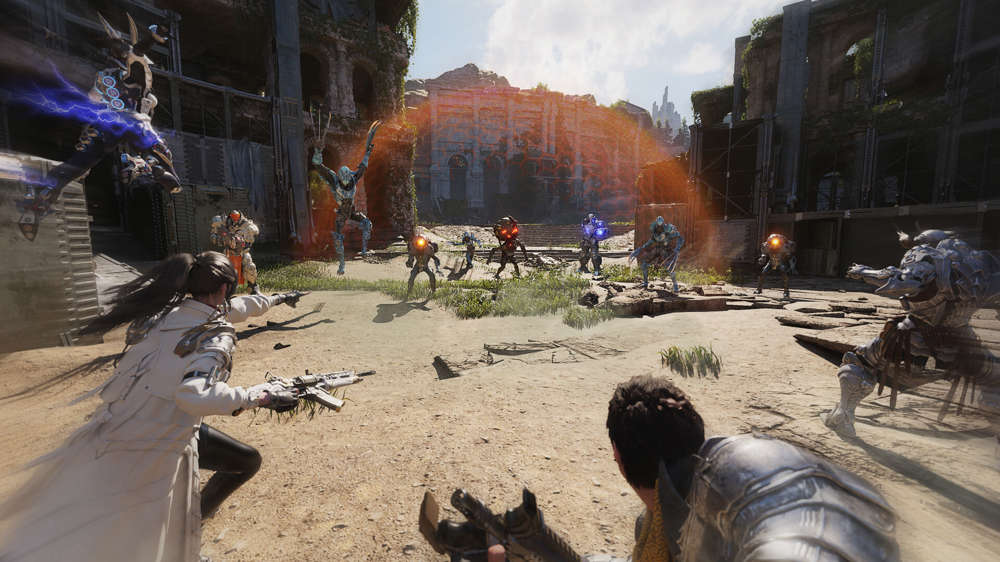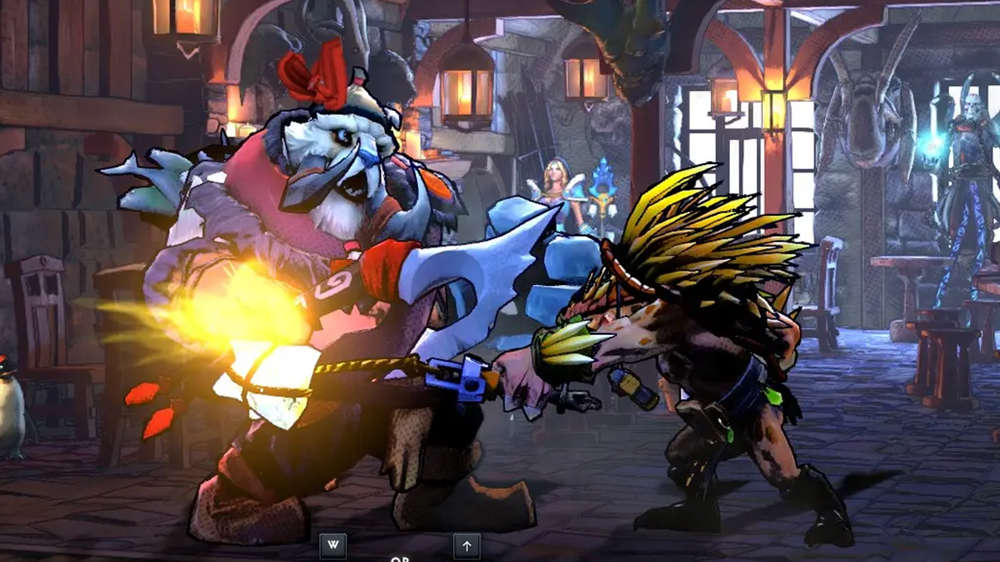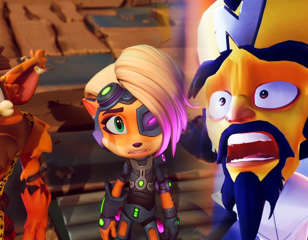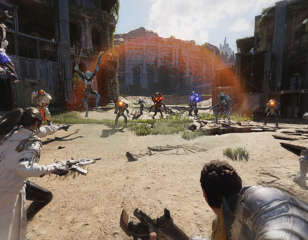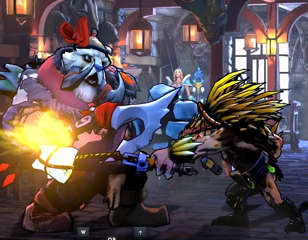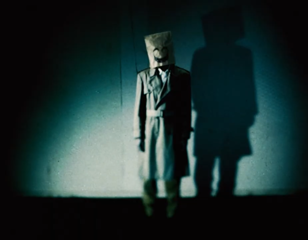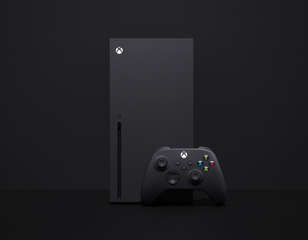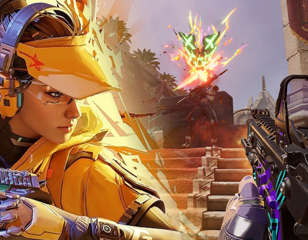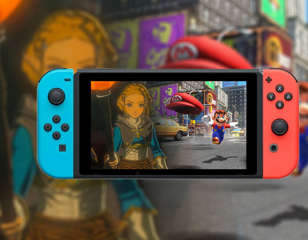Blue? Green? Gold? Enough Is Enough - I Want Games To Decide On A Rarity System
For too long we have remained confused about which colour Legendary is. Is it gold or orange? Why can't we decide?!

Katie Memmott
01st Jun 2021 18:00
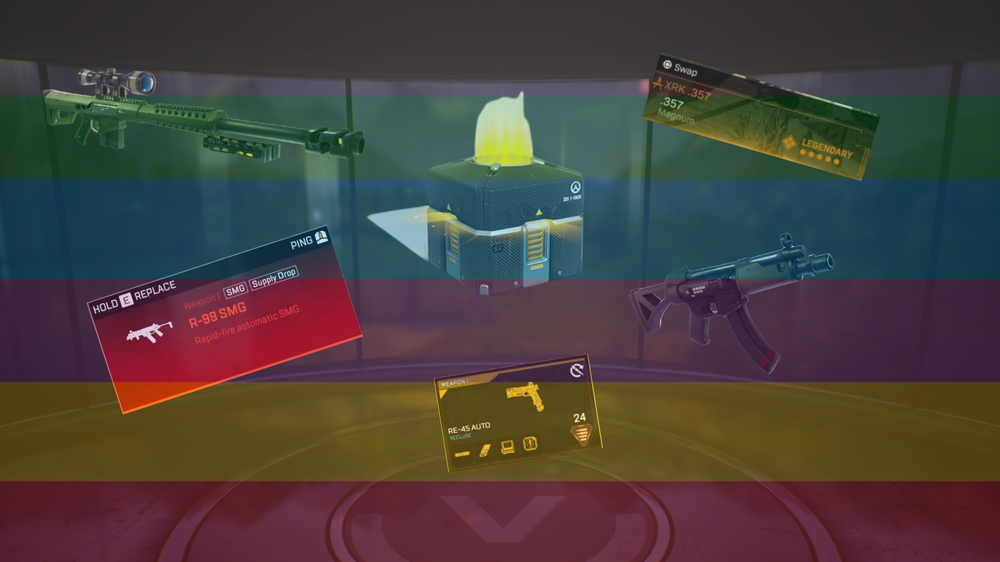
I can imagine it now. All the big players, sat at a marble boardroom table, pensive yet confident, discussing the matter at hand - finally deciding on a rarity system by colour for their respective games. Activision will be there, and Blizzard, and Epic Games - oh, it’ll be magical!
Let’s be honest – that ain’t gonna happen. But a girl can dream.
But let’s dive into this controversial and crazy topic of colour-coding by first laying down the law on which games adopt which rarity system (by colour), and how it can be confusing to those zipping between games, or beginner players, before I regale you with my reasoning for a universal rarity system across all games (including in-game weapons/attachments AND cosmetics). It’s worth it, trust me.
Now let’s find out which popular games employ which colour schemes! Fun!

Taste The Rainbow
In-game rarities that denote ‘goodness’ of gun (or attachment) have different colours and names depending on which game you’re in. Battle Royale games are a good starting point, where most guns are found on the ground, meaning you need to look for the best colour possible to eliminate your foes.
Call of Duty (Warzone)
Warzone weapons are found on the ground, with the exception of Player Loot weapons. These are weapons crafted by the player (or you!) which are built with specific attachments, and can be called in via a loot drop, or obtained from a dead enemy’s body. Let’s hope the poor sap you just killed likes the same optics as you!
- Common – White
- Uncommon – Green
- Rare – Blue
- Epic – Purple
- Legendary – Gold
- Player Loot – Pink
Apex Legends
Evo Shields and attachments operate within the same rarity colour scheme for Apex Legends.
- Common – Grey
- Rare – Blue
- Epic – Purple
- Legendary – Gold
- Heirloom - Red
Fully kitted weapons are Gold, and Care Package weapons are Red.
Fortnite
All of Fortnite’s weapons are ground loot, meaning they operate only based on colour, and are “fully kitted”. Some weapons are bought from NPCs or obtained by eliminating them.
- Common weapon – Grey
- Uncommon weapon – Green
- Rare weapon – Blue
- Epic weapon – Purple
- Legendary weapon - Orange
- Mythic weapon – Gold
- Exotic weapon – Turquoise

ALL THAT GLITTERS IS NOT GOLD (UNLESS IT’S LEGENDARY)
Now we come to the piece de resistance of all free-to-play titles – the microtransactions. Ah yes, the multi-million-dollar money-maker that is cosmetics and skins. You can’t even see yourself wearing them in FPS games, but who cares! Your enemy can see how fashionable you look, and that is what counts.
For cosmetics, let’s go through what makes a rarer skin… rarer. And hence worth more real money or in-game currency (bought with real money), apparently.
Legendary skins usually have their very own concept, whether it be themed or just more gold slapped on there. Common skins are usually a recolour of the original skin that comes with the character, and a pretty boring one at that. Epic skins are generally slightly more interested than the “uncommon” fare, but aren’t anything to write home about.
The colours that signify rarity for both in-game items (such as weapons/attachments found on the ground or in care packages) and cosmetic items, are usually the following (in varying order).
- Grey/White
- Green
- Blue
- Purple
- Gold
- Red/Pink
Apex Legends
Apex Legends skins can be crafted (with Crafting Metals, obtained via levelling up or via Apex Packs) or bought with Apex Coins. Below are all the prices and rarities.
- Common cosmetics – Grey - 30 Crafting Metals
- Rare cosmetics – Blue - 60 Crafting Metals 60 or 500 Apex Coins
- Epic cosmetics – Purple - 400 Crafting Metals 400 or 1000 Apex Coins
- Legendary cosmetics – Gold - 1200 Crafting Metals or 1800 Apex Coins
- Heirloom cosmetics – Red - 150 Heirloom Shards (only obtainable via Apex Packs)
Fortnite
The Fortnite Item Shop is always packed full of cosmetic goodies, available to purchase with V-Bucks. Below are the skins and their pricing.
- Uncommon (Green) – 800 V-Bucks
- Rare (Blue) – 1200 V-Bucks
- Epic (Purple) – 1500 V-Bucks
- Legendary (Orange) – 2000 V-Bucks
Overwatch
What is this? A new challenger enters the arena? Not a battle royale at all, the 6v6 FPS Overwatch also has a rarity system we can compare with the BRs in the market for their cosmetics. Below are the rarities, including colours and pricing, for the Overwatch cosmetics. This includes skins, emotes, and more. But no new Legendary for Symmetra. NEVER a new Legendary for Symmetra...
- Common (Grey) - 25 Credits
- Rare (Blue) – 75 Credits
- Epic (Purple) – 250 Credits
- Legendary (Gold) – 1000 Credits
Credits can be obtained via Loot Boxes, which are earned or bought.
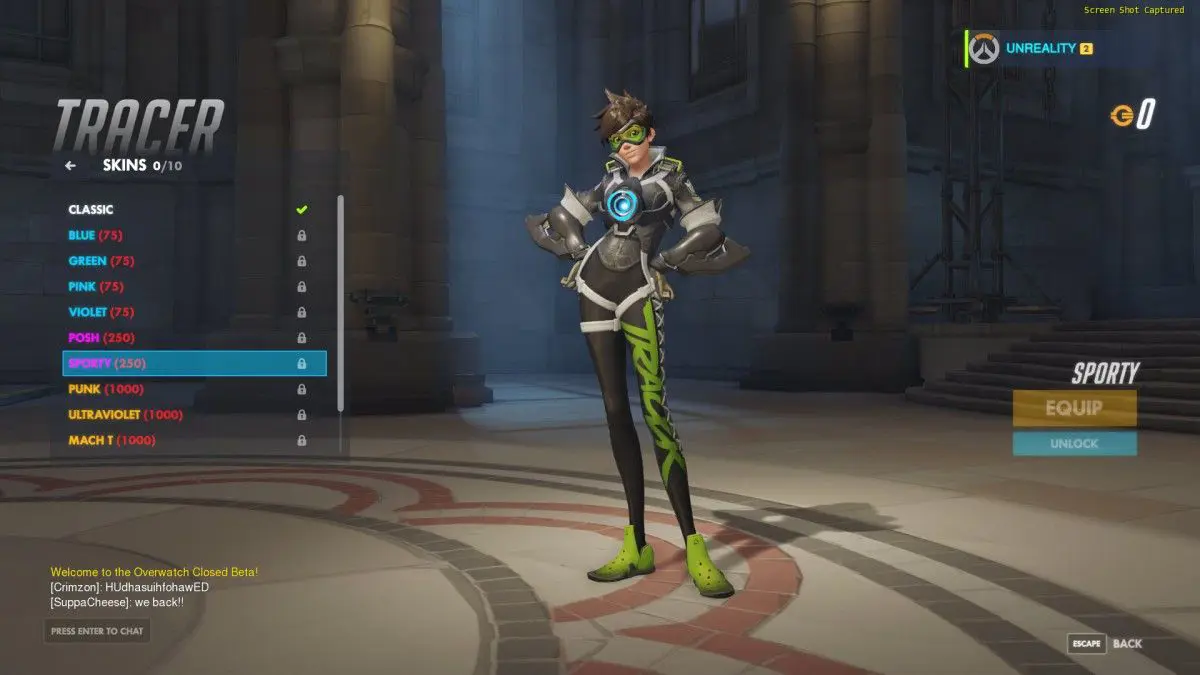
Are rarity systems only in Battle Royales?
Nope! Most games have some sort of colour-coded rarity system, whether it be for cosmetic items, in-game loot, or even to let you know how dangerous an enemy is.
Let’s go all the way back to an iconic title to find out the truth about where rarity systems for games came from – Diablo II.
The 2000 game differentiated between items using the following set of colours:
- White – Normal
- Blue – Magic
- Yellow – Rare
- Green – Set
- Gold – Unique
While this may not quite fit into the grey/green/blue/purple/gold colour-coding we are more used to twenty years later, it laid the foundation for the basis of many rarity systems to come.
World of Warcraft released in 2004, and adopted a suspiciously similar loot system colouration, which fits in more snugly with what we’re used to today.
- Grey – Junk
- White – Common
- Green – Uncommon
- Blue – Rare
- Purple – Epic
- Legendary – Orange
- Artifact – Gold
- Heirloom – Cyan
In fact, Fortnite’s rarity system for in-game guns (now including Mythic and Exotic weapons) adheres almost exactly to this system.
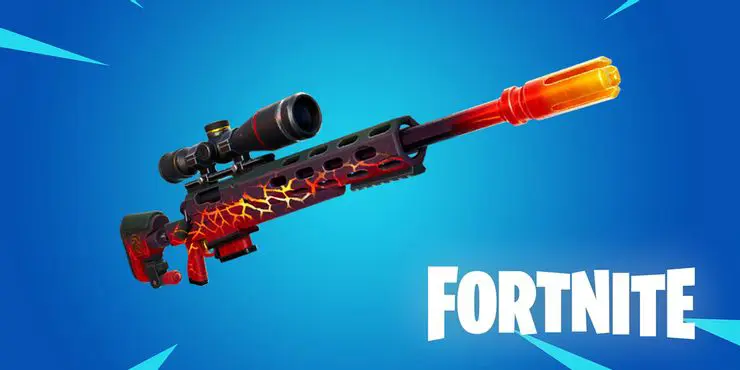
Why would a universal rarity system be beneficial?
Although it could be argued (but not by me) that most game rarity systems are similar enough as it is, colour psychology would suggest that a universal rarity system would be beneficial and can tell us a lot about how humans perceive worth based on colour of items, dating back to purple cloth and gold coins. Not only this, but how the human eye perceives colours and raises the level of interest in them based on things like brightness and hue.
When someone who plays multiple games has the information ingrained in them that a certain colour of weapon is better, they will naturally pick up that weapon – maybe much to their later chagrin (when they realise they dropped the turquoise Exotic weapon in Fortnite because it was “blue” and therefore worse than their currently equipped purple gun).
As society has formed and evolved, certain colours of the rainbow have come to have meanings and connotations – such as Red being angry or evil, Grey being boring and worthless, or Purple being that of royalty.
A consistent colour-coded structure across all titles, all developers, and all games, would not only be friendlier to new players, but comforting for veterans.
So that’s it. That’s my pitch. Now, get out there and try to keep all the information you’ve learned today in the Gold corner of your mind (that’s the best one because it reminds you of valuable gold coins - and will cost you 2000 V-Bucks).
Images via Epic Games | Activision | Respawn Entertainment | Blizzard Entertainment

About The Author
Katie Memmott
Katie is the former Sub Editor and Freelancer Coordinator at GGRecon.
